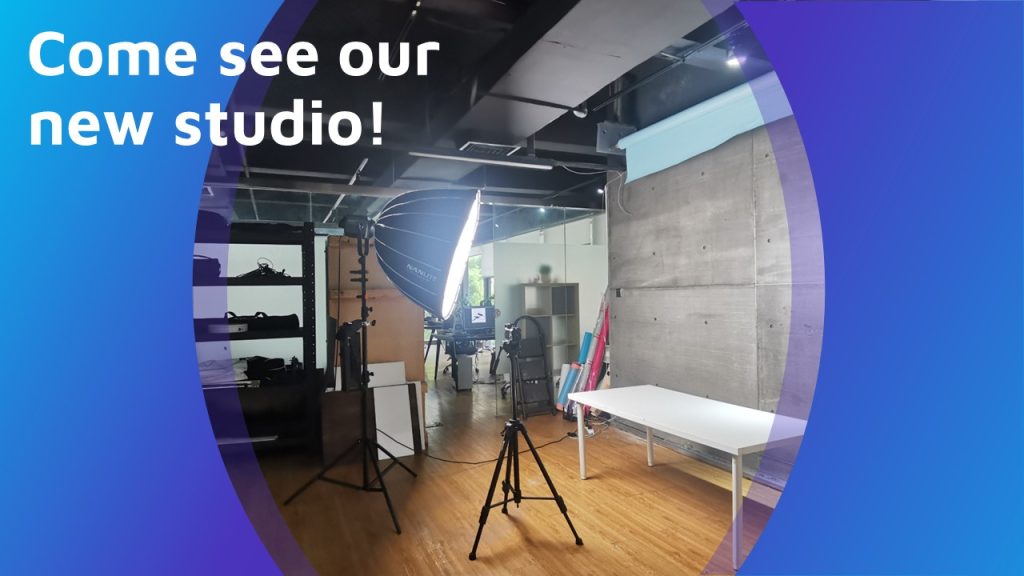We often get questions about the content needed to sell products in e-commerce, and what it needs to include to engage buyers and increase conversions.
The internet has made borders disappear and gives products a worldwide potential reach. At the same time, that has opened the door to infinite competition. Gaining a foothold and stepping ahead of competitors requires deep knowledge of the product, the chosen platform, and efficient ways to reach target audiences.
So, our most frequent answer is that it depends. The content needed to sell products in e-commerce is not necessarily complex. It just needs to cover specific areas and be balanced to provide the information viewers need to see. And that varies from platform to platform.
Having launched more than 200 products online, we can firmly state that content is just as important as the product itself. And that’s a good reason for us to share a few basics about what we call “Minimum Viable Content”.
First steps
Brand content
Brands have an identity and core values to stick to. Such core values are user-centric; they must highlight a vision and a mission providing added value to potential buyers. Sustainability or comfort, to name a few.
Consumers appreciate sharing a common vision and taking part in meaningful causes. By offering consistent branded content, people can relate to the lifestyle and values your brand promotes.
Know your product and everything around it
Every product feature has a purpose. It solves, in one way or the other, what other products or versions lack. Every product tries to provide added value and you should always focus on what makes it different than other options.
Never assume you know how a product matches the customers’ needs. Moreover, deep research is necessary to know how people search for a specific product, so content makes it relatable.
From, keywords, competitors, and buyer personas, to the emotions hidden when a product is most needed.
Knowing the user
Which takes us to the human aspect. People search for things – products. They filter and sort their results, looking to find something specific. The deciding factor is relative, maybe even unforeseeable. It’s not the price or the review, but value. And value is the result of solving the right need at the right time.
User research and building your buyer personas will help make a good approach to be valuable and move from just an option to a solution.
Given the volume of standard factory low-quality content, investing in your product content will not only showcase your product’s features but also how much you care about its perception.
That being said, let’s get down to business.
The content you need to sell your products online
Be different to stand out
You can’t expect signing up on Amazon and getting lucky right away.
If infinite competitors weren’t enough, many of them share providers and frequently use the same factory images or videos. Unless something makes your product page different, there’s a high chance users move on until they find something more appealing.
You need to pave your way in with clear, engaging, and easy-to-understand content: compelling copy, good photography, videos, and animations are top-level, distinctive content that honors a product’s quality.
Copy
Choosing the right words is not easy. How you tell a story and how you communicate your product’s benefits is what makes it relatable to your audience. Mainly because it proves you know the product, your audience, and their reason to buy it.
Your copy should be crystal clear and straight to the point. Focus on your product and what it does, say exactly what people need to know, and hold your writing horses.
Don’t forget an image is worth a thousand words, and some things are easier to understand visually.
Product photography
Each platform has different requirements regarding size, formats, dimensions, background, or the number of pictures. Keeping your raw images at hand will make it easier for you to adapt to each platform when the time arrives and remain consistent over different selling channels.

Not only should it highlight its USP’s, but also show how it looks, what it does, and when to use it. There are two main types of product photography.
- White background photography shows the product and nothing but the product on a solid background. Graphic design can do magic and take it to any given background, although that may undermine its first impression.
- Lifestyle photography puts products in a social context that may include people – or not. Adding models provides deeper context and information, which can be the deciding factor for many viewers.
While white background keeps the focus on the product, lifestyle images are great to make people relate to the problems and situations your product intends to solve.
Pictures are very important to make a first impression. And ultimately, they are what makes people click on a product page or keep searching If you’re selling on Amazon, take a look at our post on Why the main image in an Amazon listing is so important.
Product videos
Video is highly engaging. It shows products in action and in motion and it adds context and emotion, creating situations people can actually relate to. It may even include actors, voice-over, and music. Furthermore, video highlights the products’ unique features increasing awareness around social media. So yes: video is among the content needed to sell products in e-commerce.
Many often think of product video as an avoidable expense. But according to Hubspot‘s Not Another State of Marketing Report 73% of visitors who watch a product video are more likely to make a purchase.
That number should be enough for you to consider a video for your product. But remember those videos need careful planning (a script and a storyboard) and a clear CTA.
Renders and animations
Product renders and 3D animations are top-selling trends. While they allow bringing products to life before they are mass-produced (which makes them ideal to test or crowdfund new products), they also allow taking products to the surroundings where they belong and providing in-depth product displays. Especially now that we’re heading towards the metaverse, and AR and VR tools are increasingly used.
AR and VR devices are not that widespread yet, but 3D and exploded views provide detailed visual explanations that are highly valued by the general public. It might be a more significant investment, but it has amazing results in giving viewers a realistic touch & feel of the product.
Final tips
- Try to explain your product in as few words as possible to structure your content in a way that engages and keeps your viewers’ attention.
- Do spy on your competition. Everyone does. Not only will you learn their ways to approach their potential buyers, but you will also find flaws and aspects yet to exploit
- Mind your imagery so it clearly shows what makes your product different and how it solves the need.
- All your product content should be aligned with your brand’s vision, mission, and core values.
- Make sure your product matches exactly your audience’s pain points. The closer you get to their exact need, the more likely it is for them to buy your product.
Got a product?
At Content2Sell our combined experience in product launching, graphic design, photography, and video production has helped many brands succeed in e-commerce and crowdfunding platforms.
You can see some of our work here.
Get in touch with us to get your e-commerce content audited for free, and create an action plan to boost your conversion.



